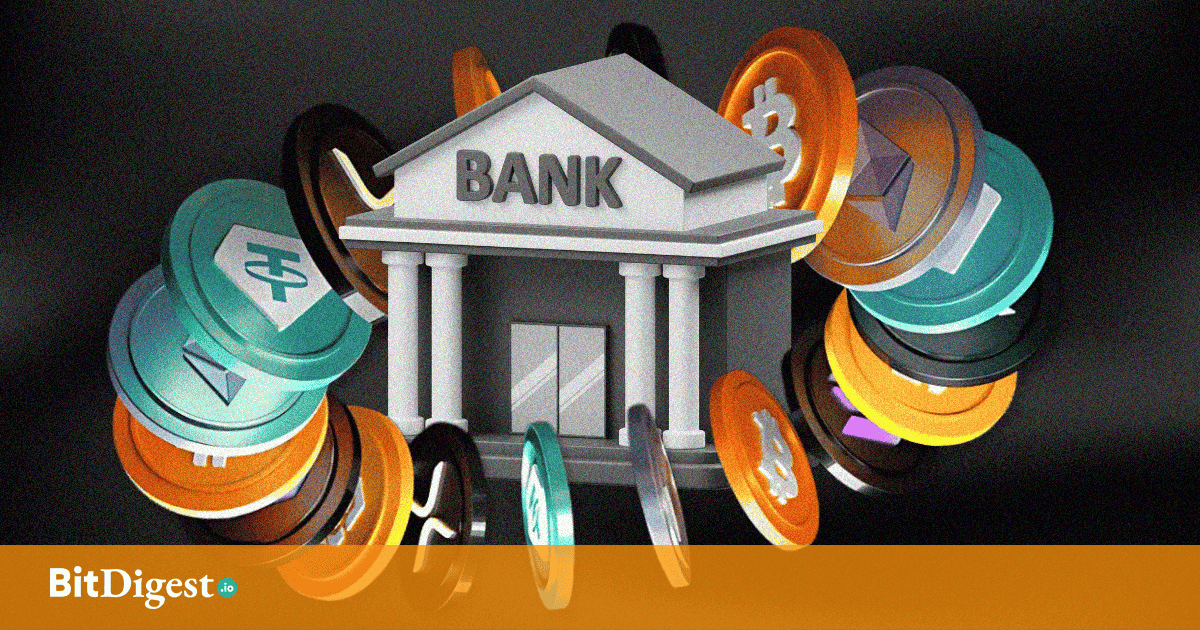When Web3 Pays Better Than Your Bank: How Crypto Platforms Are Outrewarding Traditional Finance in SEA
In many parts of Southeast Asia, traditional banks still offer less than 1% annual interest on basic savings accounts. For the average user in countries like the Philippines, Indonesia, or Vietnam, this often means their money is losing value in real terms due to inflation. Meanwhile, crypto exchanges are stepping in with stablecoin reward programs that promise 4% or more in passive yield.
One of the latest to join the trend is OKX, which now allows users to earn passive income just by holding its in-house stablecoin USDG in their exchange account. No staking. No lock-up. No DeFi gymnastics. Just hold and earn.
Why Banks Can’t Keep Up
Banks operate under capital requirements and lending rules that restrict the kind of yields they can offer. They're often conservative by design, built for safety, not growth. However, this safety is often overshadowed by inflation anyway. They also have to absorb operational overheads and risk buffers that Web3 platforms do not.
In contrast, crypto platforms are more agile. They can design reward programs powered by internal liquidity flows, platform utility, and programmable asset strategies. While not without risks, this gives them a yield-generation advantage banks can’t easily replicate, especially for small deposits.
The Rise of Stablecoin Rewards
The concept of earning from stablecoins is not new. Binance previously offered BUSD flexible staking, Coinbase has promoted USDC holding rewards, and Kraken offers USDT yield products in specific regions.
What makes the OKX model stand out is its frictionless approach: "Simply hold USDG in your account and you’ll earn rewards paid off every single week." – OKX SEA, Official Announcement
There’s no lock-up period, and rewards are paid weekly with daily accrual. This setup allows even casual users to benefit from holding stablecoins, a critical point in onboarding Southeast Asian users who may still be wary of complex staking processes or volatile DeFi protocols.
Why OKX’s Approach Works
Unlike other platforms that tie yield to DeFi integrations or derivatives staking, OKX has chosen a low-barrier, exchange-native model. It reduces risks for users while still offering tangible benefits for holding its native stablecoin.
Benefits include: no staking requirement, no smart contract risks, no liquidity retained at all times, and passive rewards distributed automatically. This model aligns with both regulatory expectations and user demands for simplicity, transparency, and accessibility.
What It Means for SEA Markets
For many users in the region, stablecoins are already easier to access than traditional banking. With features like OKX's USDG Rewards, Web3 platforms now offer something banks often can’t: passive growth without friction. This doesn’t mean crypto is risk-free. But it does highlight a new narrative: platforms aren’t just competing on trading fees anymore. They’re competing on financial utility. And in that race, Web3 may just have the upper hand, especially in emerging markets.
As user behaviors evolve, so too must the platforms they trust. In 2025, holding stablecoins might just become the new savings account and platforms like OKX want to be the bank of choice.
.svg)


.svg) SHARE TO FACEBOOK
SHARE TO FACEBOOK SHARE TO TWITTER/X
SHARE TO TWITTER/X SHARE TO LINKEDIN
SHARE TO LINKEDIN SEND TO MAIL
SEND TO MAIL





.svg)


.svg)